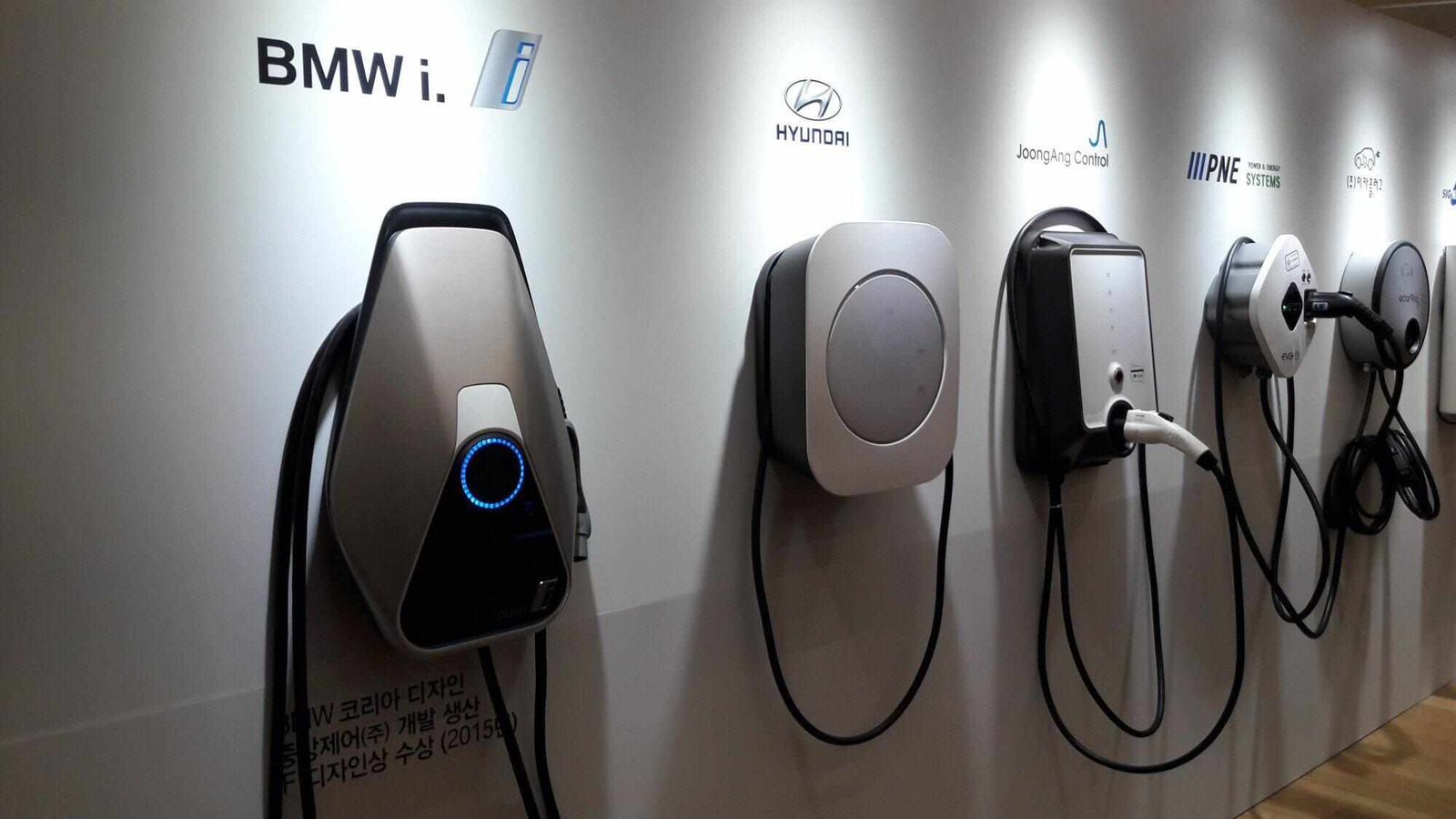Choosing the right equipment to power and charge devices can be daunting. There are so many options available today.
One essential piece of equipment in this landscape is the power cabinet. These cabinets protect vital equipment. They also improve efficiency and organization in charging systems.
In education or a corporate office, know power cabinets. It’s key to an effective energy management plan.
Here’s what you need to know about power cabinets.
A power cabinet is a storage unit designed to house and protect charging equipment, power supplies, and devices. These cabinets are often built with durability in mind, featuring locking mechanisms that ensure both equipment safety and accessibility. With a variety of models available, you can typically find a power cabinet that suits your needs.
Types of Power Cabinets
Power cabinets come in several configurations. Here are some common types you might encounter:
Freestanding Cabinets
Ideal for larger spaces, these cabinets can accommodate multiple devices and often feature adjustable shelves.
Wall-mounted Cabinets
Perfect for smaller areas, wall-mounted options save floor space while securely storing devices.
Mobile Cabinets
Equipped with wheels, these offer flexibility and ease of movement for charging various devices throughout a space.
Benefits of a Power Cabinet
Investing in a power cabinet comes with a multitude of advantages. Here are a few that stand out:
Organized Storage
Keep your devices and charging equipment neatly arranged to prevent clutter and confusion.
Enhanced Safety
Locking cabinets minimize the risk of theft and protect valuable equipment from unauthorized users.
Efficient Charging
Battery charging cabinet are designed to deliver optimal charging speeds, ensuring devices are ready for use when needed.
Streamlined Workflow
By centralizing your charging solutions, a power cabinet can improve overall workflow and productivity.
Selecting the Right Power Cabinet
When selecting a power cabinet, consider the storage capacity to ensure it can handle the number of devices you need to charge. It’s also essential to check the power options.
Cabinets vary in outlet types and charging setups. So, choose and use a charging cabinet that best meets your needs.
Also, prioritize durable materials. This is key for high-traffic areas. The cabinet may face frequent use and wear.
Installation and Maintenance of Power Cabinets
Installation may vary depending on the type of power cabinet. Freestanding units require more space but can be assembled quickly.
Wall-mounted or mobile cabinets might need extra care. You may need to secure them to walls or connect them to power sources.
Regardless of the cabinet type, routine maintenance helps enhance the cabinet’s lifespan. Regularly check connections to ensure they remain secure. Clean the cabinet interior to prevent dust accumulation and inspect locks and doors for functionality.
Maximizing Your Power Cabinet’s Potential
To fully utilize your power cabinet, ensure that you use a charging cabinet that aligns with your operational requirements. Take advantage of its features by organizing devices according to frequency of use and charging needs. Identify peak charging times to minimize downtime and keep your devices ready for action.
Your Path to Effective Energy Management
In summary, a power cabinet serves as a crucial tool for organizing, charging, and securing devices in various settings. With proper selection, installation, and maintenance, you can create a streamlined energy management system tailored to your needs. Reconsider your setup today, and ensure that your power cabinet is maximizing its full potential for your organization.
For more home improvement and lifestyle tips, follow us.

